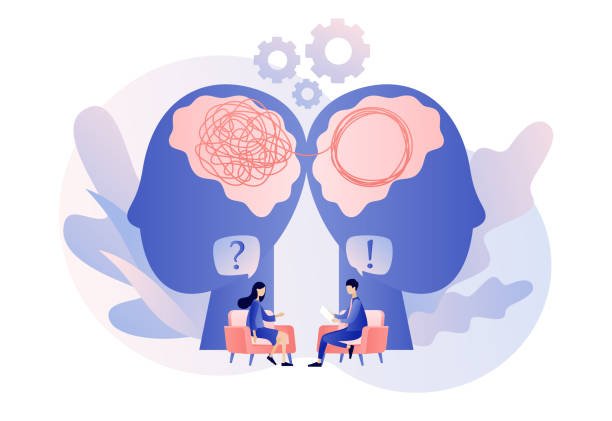
When the Seasons Shift: Understanding and Managing Seasonal Affective Disorder
If winter leaves you feeling heavy, low, or unlike yourself, it may be more than just the blues. Seasonal Affective Disorder is a very real experience—one that deserves understanding, not judgment.

How to Set Boundaries Without Feeling Guilty
Setting boundaries can be hard—especially when guilt gets in the way. This blog explores why boundary-setting feels uncomfortable, how to move past guilt, and how counselling can support you in creating healthy, respectful limits in your relationships.

ADHD Isn’t Just About Distraction—Here’s What’s Really Going On
Struggling with focus, time management, or emotional overwhelm? ADHD affects more than attention—it impacts the brain’s ability to regulate motivation, emotions, and daily tasks. In this post, we explore what ADHD really feels like, how it shows up in adults, common symptoms like time blindness and sensory overload, and why it’s often misunderstood—especially in women. Learn how ADHD counselling can help you manage symptoms and tap into your strengths.

Counselling Isn’t Just for Crisis: Why Therapy Can Help You at Any Stage of Life
Counselling isn’t just for when life falls apart. Whether you’re feeling stuck, navigating a life transition, or simply want to better understand yourself, therapy can be a powerful tool for growth. Learn how our private counselling practice in Coquitlam can support you—no crisis required.

Are You Engaging in Distorted Thinking? How Cognitive Distortions Shape Your Reality
Sometimes the way we think can twist reality, leading to distorted thoughts that affect how we feel and act. Understanding these patterns is the first step to clearer thinking

How Core Beliefs Shape Relationships: Why You and Your Partner See Things So Differently
Our core beliefs act as lenses through which we interpret the world, shaping how we see situations and others—explaining why perspectives often differ.